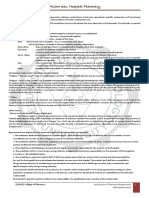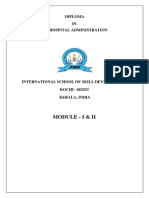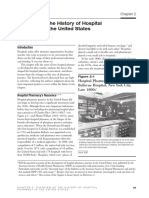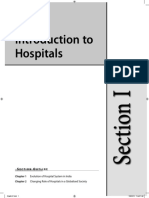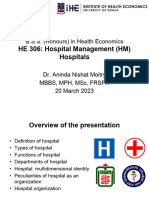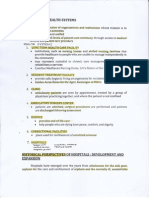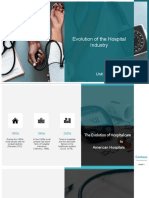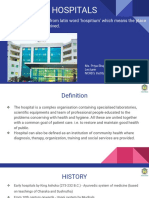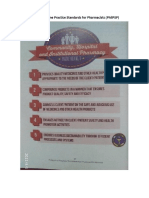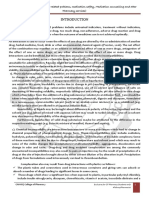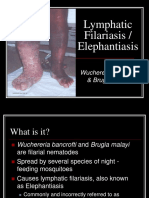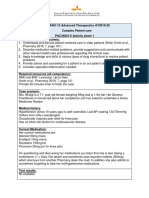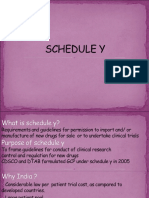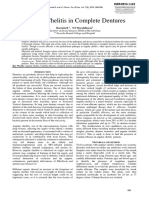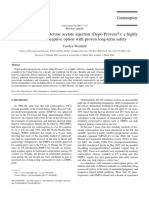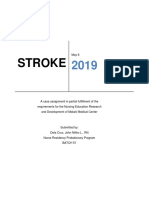0% found this document useful (0 votes)
64 views6 pagesWeek 1-3 Topics, Notes
Hospitals have evolved significantly over time to become specialized medical organizations focused on providing patient care, diagnostics, and therapeutics. Religious temples originally served as early hospitals where healing was associated with divine powers. The establishment of the first hospital in colonial America in 1752 marked the beginnings of modern hospitals in the US. Major developments in the late 1800s led to hospitals becoming the primary center of medical care, aided by advances like aseptic surgery. Factors like religion, the military, the Flexner report, and Florence Nightingale's nursing reforms all contributed to the development and expansion of the modern hospital system.
Uploaded by
Chunnie JakosalemCopyright
© © All Rights Reserved
We take content rights seriously. If you suspect this is your content, claim it here.
Available Formats
Download as PDF, TXT or read online on Scribd
0% found this document useful (0 votes)
64 views6 pagesWeek 1-3 Topics, Notes
Hospitals have evolved significantly over time to become specialized medical organizations focused on providing patient care, diagnostics, and therapeutics. Religious temples originally served as early hospitals where healing was associated with divine powers. The establishment of the first hospital in colonial America in 1752 marked the beginnings of modern hospitals in the US. Major developments in the late 1800s led to hospitals becoming the primary center of medical care, aided by advances like aseptic surgery. Factors like religion, the military, the Flexner report, and Florence Nightingale's nursing reforms all contributed to the development and expansion of the modern hospital system.
Uploaded by
Chunnie JakosalemCopyright
© © All Rights Reserved
We take content rights seriously. If you suspect this is your content, claim it here.
Available Formats
Download as PDF, TXT or read online on Scribd
/ 6
